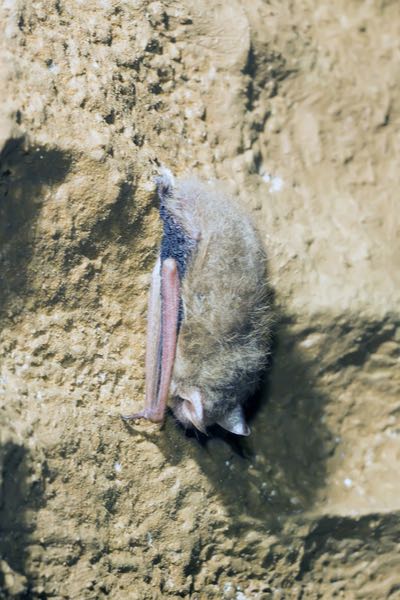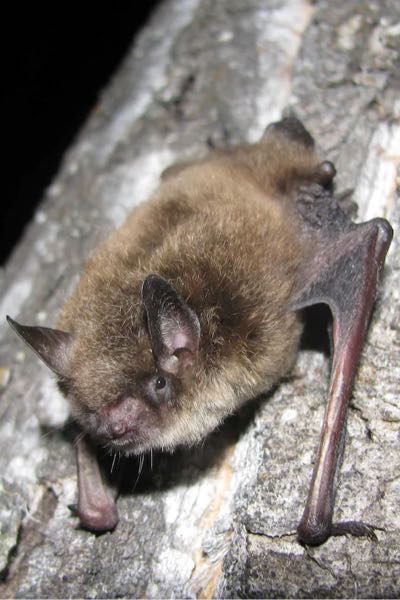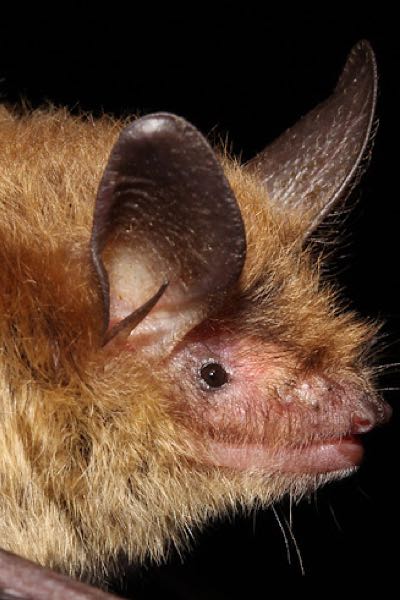BAT REMOVALServices
Get the most reliable bat removal services by the licensed professionals with years of experience ensuring your bat problem is solved for good.
The Local NJ Experts In Bat Removal
Bats may be the most beneficial animal on the planet and often the most misunderstood. They can eat thousands of insects per night and they allow us to enjoy the fire pit and other evening activities, during the summer. Bats also control various types of moths and other insects that damage crops. In other parts of the world they are responsible for pollination and seed dispersal.
Even though bats are beneficial, that doesn’t mean we want them in our homes or even roosting on our homes. Bats have been known and can carry zoonotic diseases such as rabies and their guano (bat poop) can carry the mold spores that cause histoplasmosis (a bacterial infection).
Schedule a Fast
& Free Estimate
In NJ, bats are protected and NJDEP Division of Fish and Wildlife have set specific guidelines on when bat exclusion can be performed, these are known as blackout periods. The blackout periods are May 1st-July 31st and October 15th- March 31st. These periods are designed to protect the bat population in our state. The summer blackout period protects the newly born bats and the fall into spring period protects bat that are in torpor, like hibernation.
Our wildlife teams are nationally certified in all aspects of bats, including biology, behavior, identification, inspections, white-nose syndrome and zoonotic diseases.
There are 3 federally protected bats
- Indiana Bat
- Gray Bat
- Northern Long-Eared Bat
Both the Indiana and Northern Long-eared Bat are on the NJ Endangered Species List and both live here in NJ.


Indiana Bat


Gray Bat


